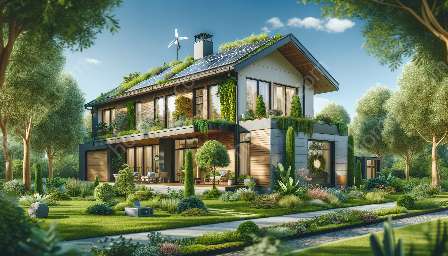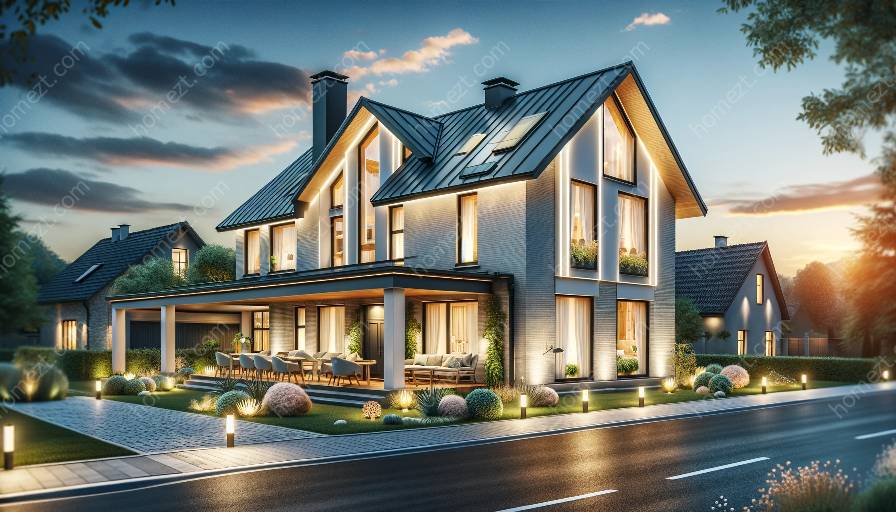Energy-efficient home improvements are becoming increasingly popular as homeowners seek to reduce their environmental impact and lower their energy bills. By making strategic upgrades to your home, you can create a more sustainable living environment while also enjoying the financial benefits of reduced energy consumption. In this comprehensive guide, we will explore the various energy-efficient home improvements that can help you achieve these goals.
- Insulation
- Energy-Efficient Appliances
- Smart Thermostats
- Energy-Efficient Windows
- Landscape Design
Improving the insulation in your home can have a significant impact on its energy efficiency. Proper insulation helps maintain a comfortable indoor temperature, reducing the need for excessive heating or cooling. By sealing air leaks and adding insulation to walls, floors, and attics, you can minimize thermal transfer and ultimately reduce your reliance on HVAC systems.
Upgrading to energy-efficient appliances such as refrigerators, washing machines, and dishwashers can lead to substantial energy savings. Modern appliances are designed to optimize energy usage, resulting in lower utility costs and reduced environmental impact. Look for appliances with ENERGY STAR certification to ensure optimal efficiency.
Installing a smart thermostat allows you to better regulate your home's temperature, optimizing energy consumption to minimize waste. These devices can learn your household's heating and cooling patterns, adjusting settings automatically to save energy without sacrificing comfort. Smart thermostats also offer remote access and energy usage monitoring, providing valuable insights for further efficiency improvements.
Replacing old, inefficient windows with energy-efficient models can significantly reduce heat transfer and air leakage. High-performance windows with low-e coatings and insulated frames can improve insulation, minimize drafts, and enhance natural light, leading to greater comfort and lower energy bills.
Strategic landscape design can contribute to a home's energy efficiency. Well-placed trees and shrubs can provide natural shade and windbreaks, reducing the workload on heating and cooling systems. Additionally, landscaping with native plants can minimize water usage and maintenance, creating a more sustainable outdoor environment.
Maximizing the Benefits of Energy-Efficient Home Improvements
When considering energy-efficient home improvements, it's essential to take a holistic approach to maximize their effectiveness. Consider conducting a home energy audit to identify areas for improvement, from air sealant applications to HVAC system upgrades. Additionally, explore available rebates, tax incentives, and financing options for energy-efficient upgrades, which can help offset initial costs and accelerate your return on investment.
The Environmental Impact of Energy-Efficient Home Improvements
Beyond the immediate benefits to your household, embracing energy-efficient home improvements can make a meaningful contribution to environmental preservation. By reducing energy consumption and minimizing greenhouse gas emissions, you can help combat climate change and promote a more sustainable future for generations to come.
Conclusion
Energy-efficient home improvements offer a multitude of advantages, both for homeowners and the environment. By implementing these upgrades, you can enhance the comfort and functionality of your home while reducing your ecological footprint and saving money on utilities. With a tailored approach to energy efficiency, your home can become a model of sustainability and responsible resource utilization.













